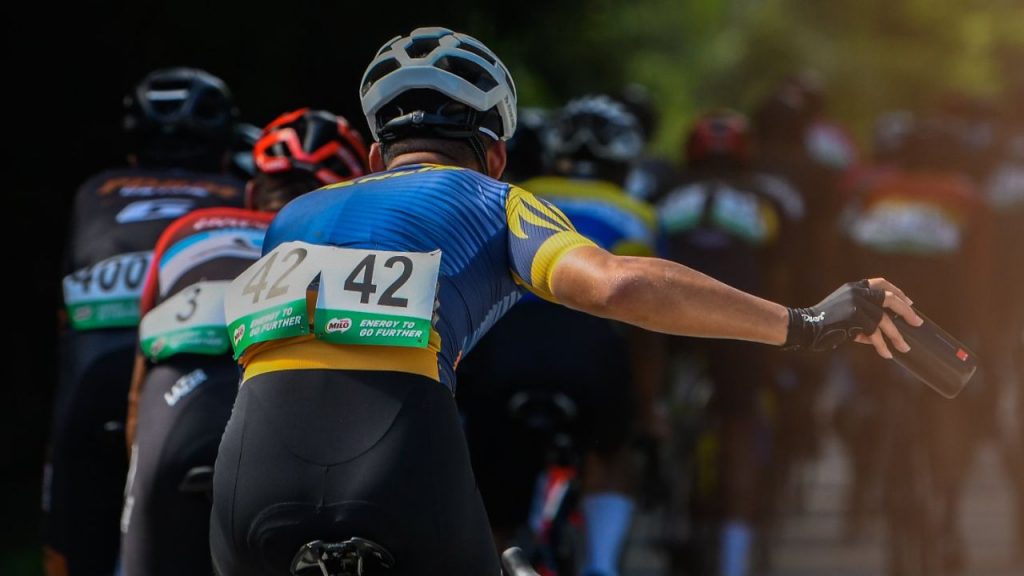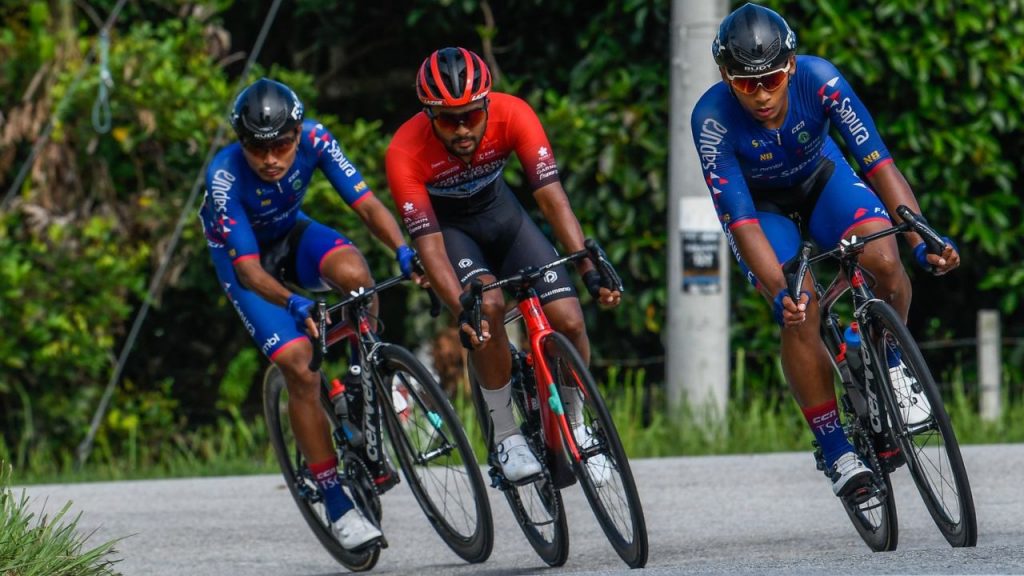Gloves are very important in cycling. Almost every cyclist who has started off the sports will definitely purchase a pair of cycling gloves together with the first bike.
Even the simplest cycling glove design offers the benefits of preventing blisters and providing added protection against skin damage during a crash.
However, choosing a pair of cycling gloves is not easy and straightforward as it seems. When you walk into a bike shop, you would possibly be overwhelmed with the selection.

Half-finger gloves are most commonly used by cyclists.
On top of having extra ventilation as a bonus, it allows cyclists to have a better feel in controlling brake modulation as the fingers are in direct contact with brake levers as compared to a full-finger glove.
Those designed for city commuting and off-road cycling will have thicker abrasion resistance materials. Cycling gloves designed for road biking generally have a thinner layer of stretchable material to wick moisture build-up from sweat, keeping the hands cool in warm weather.

For serious off-road cyclists, there are full finger gloves with knuckle protectors made of high-impact resistance material to strengthen coverage at the knuckles.
When cycling on narrow single-tracks in woody areas, where thin tree branches frequently whip on knuckles causing a distraction to the cyclists, these extra tough knuckle protection will mute the branch whips, allowing cyclists to hold their line of choice along the trail instead of swaying the bike left and right to avoid the branches.

When it comes to choosing cycling gloves, it is important to understand how your palms come in contact with the handlebar for different cycling categories.
Glove companies produce very specific gloves for different categories of cycling by altering the position of the vibration absorption padding.
This is a common mistake made by road cyclists of using a glove designed for holding onto a flat bar, while they should have bought road cycling specific gloves.
Many times road cyclists have resorted to heavily gel-padded gloves for vibration absorption but only get numbness in the palms and fingers after a few kilometers of riding, even though the gloves have muted road vibrations effectively during the journey.

For flat bar-oriented gloves which are meant for mountain biking and hybrid bikes, the paddings are usually placed in three locations, one across the center of the palm and two patches at the left and right of the carpal bones area.
When palm and fingers wrap around a flat bar, these three patches of padding will act as a barrier soaking up vibrations by isolating the palm from the grips. However, if the same pair of gloves is used on a road bike drop bar, placement and size of the paddings most probably will pinch on the veins and arteries supplying blood to the fingers leading to numbness.
As the way we hold onto road bike brake hoods is different from holding grips on a flat bar, a glove designed specifically for road biking usually will have only a single patch of padding at the outer zone of the carpal bones area. This single padding will cushion the palm similar to us sitting on a beanie bag and lifting the palm on top of the handlebar.




